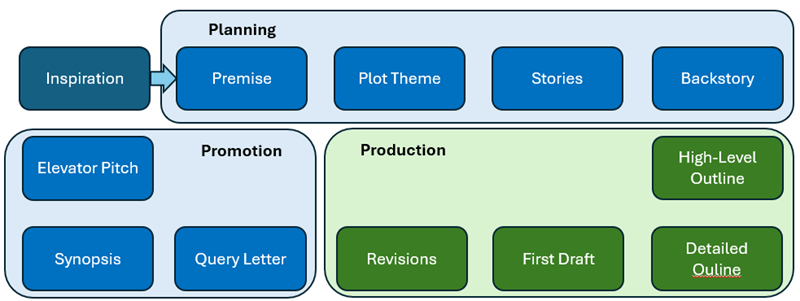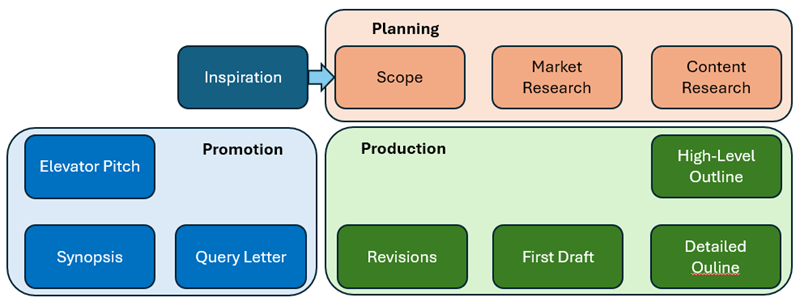MEET THE EDITORS: accomplished authors and editors to guide your manuscript from concept to completion.
Professional editing and constructive critique for your OUTLINE, WORK IN PROGRESS, SYNOPSIS, or QUERY LETTER.
Give your muse the gift of 10% off edits and critique. Use coupon code HOLIDAY10 on the Cart page.




